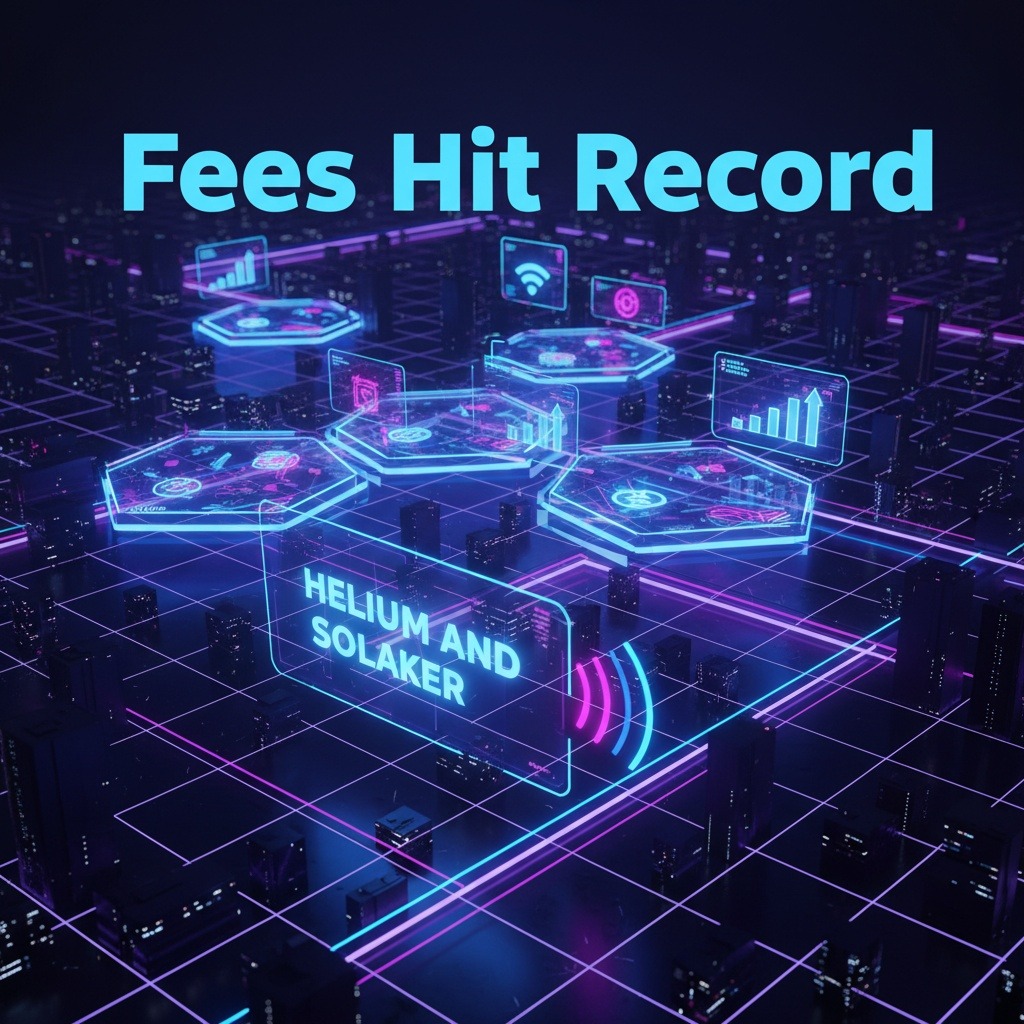The decentralized physical infrastructure network, or DePIN, is experiencing a significant uptick in fees, reaching unprecedented levels over the past month. While the sector has faced challenges in maintaining robust token performances, the overall activity surrounding DePIN protocols suggests a positive trajectory for the ecosystem.
Leading the charge in the DePIN landscape is Helium, which has seen a dramatic increase in fee generation attributed to its recent collaboration with the innovative Solana Seeker mobile phone. This partnership has not only solidified Helium’s position within the DePIN sector but has also provided a much-needed boost to the overall metrics of this burgeoning market.
Since mid-August, Helium has consistently reported weekly fee earnings ranging from $330,000 to $370,000, contributing approximately 60% to the total fee income of the DePIN market. The impressive revenue levels reflect an engaged user base and growing infrastructure utilization, underscoring Helium’s pivotal role in the sector.
Other DePIN protocols are also making strides, with Geonet, Akash Network, and Hivemapper rounding out the top contributors to fee income. Collectively, these three projects accounted for around $181,000, which is 32% of the total fees generated in the past week. This trend illustrates not only the resilience of these networks but also the increasing acceptance of decentralized infrastructures in various sectors.
Despite the positive momentum in fee generation, the associated tokens of leading DePIN projects are in a stark contrast, having seen significant declines over the past year. Tokens from prominent projects such as Render, Filecoin, and Helium have plummeted between 40% and 70%, exemplifying a disconnect between the operational success of these networks and their market valuations.
Industry analysts have noted that this disparity raises important questions about market sentiment and the long-term sustainability of token economics within the DePIN sector. While the infrastructural growth emphasizes the potential utility and adoption of decentralized services, investors appear cautious, reflecting broader trends affecting crypto markets.
As we move further into 2025, the DePIN sector may be poised for crucial developments that could reshape its future. Stakeholders will be keenly observing how emerging partnerships and technological advancements contribute to both fee generation and recovery in token valuations. For now, the record highs in DePIN fees provide a glimpse of the active engagement and innovation that continue to characterize this dynamic space.



